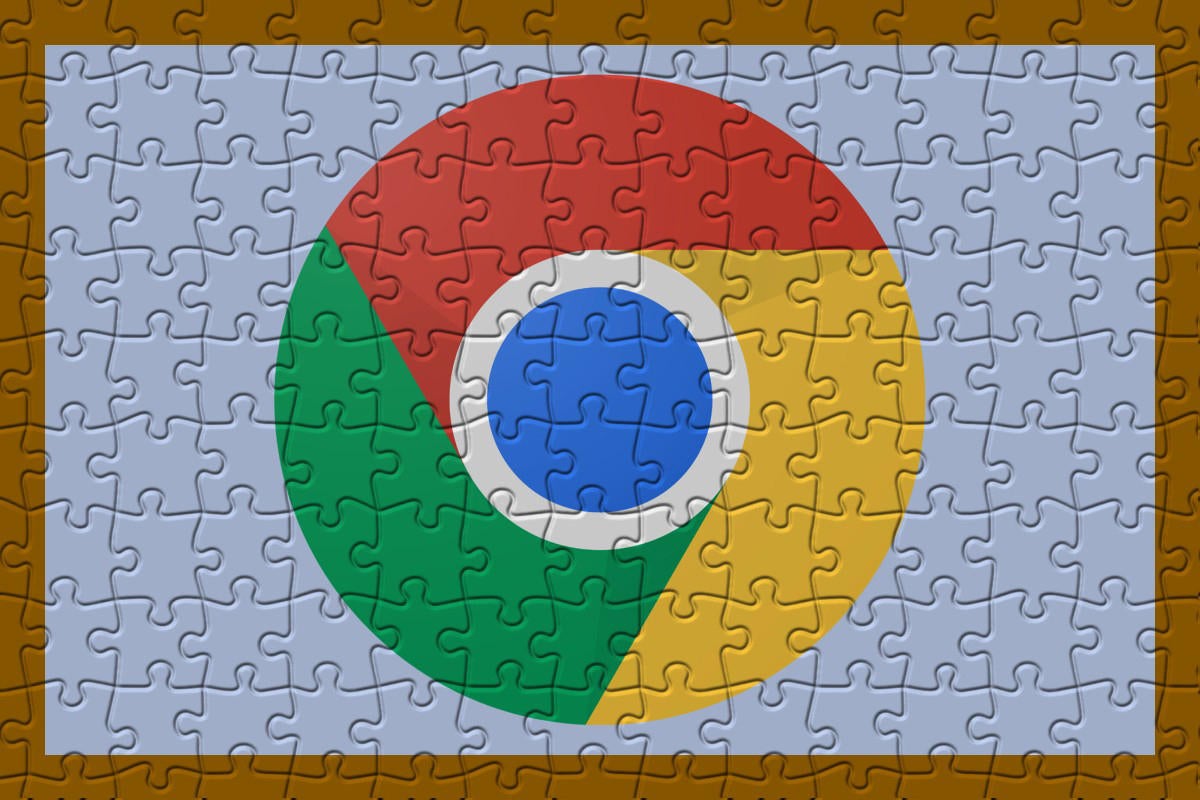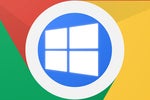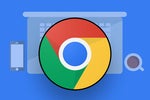2019 has already shown itself to be the year of funky phones with Android — foldable phones, sliding phones, and even phones with hidden screens on their backs (for some reason). For all the wild experimentation in the phone arena, though, there's one area where we aren't seeing enough willingness to do something different.
I'm talking about the Chromebook — and specifically, the Chromebook designed to function as a tablet. We've been talking for well over a year now about how Google is positioning Chromebooks to effectively take over the role of the Android tablet, and with each passing month, that reality only becomes more apparent. Just this week, in fact, a report came out suggesting Asus — a long-time Android tablet maker and regular Chromebook creator as well — is pulling out of the traditional Android tablet market entirely.
And it's no wonder: Google has made it abundantly clear that traditional Android tablets are the past. Demand for Android tablets has never been especially high nor has the experience of using 'em ever been particularly exceptional, while Chrome OS has seen near-constant growth in both adoption and attention — much of it focused on the area of optimization and "Androidification" of its tablet experience. Slowly but surely, the ecosystem of Chrome OS hardware is catching up, too, as fully detachable Chromebook slates become increasingly common companions to the already-prevalent swiveling-screen convertible setups.
There's one thing that's still missing from the picture, though — and it's something Chrome OS needs if it wants to become a fully realized tablet platform. It's something I hear about from folks practically every time we talk about the Chromebook's emerging role as an Android tablet replacement, in fact, and yet it's something that's thus far remained conspicuously unaddressed.
What we need next is a small Chromebook tablet — one that can fill the void of Kindles, Fire tablets, and other in-between-style devices. The reason is simple: Despite such products' limited application for productivity, plenty of folks still like to use 'em as larger-than-phone alternatives for reading, in-bed browsing, or other one-handed activities. And as it stands now, there's nothing in the Chrome OS ecosystem that even comes close to fulfilling that role.
When people ask me for a recommendation for a tablet-like device in that department — something small, light, and well-suited to single-handed use — I've got no good answer. The smallest Chromebooks out there right now are in the 10-in. range, which seems tiny by laptop standards but is actually still quite bulky when you think of the device next to a Kindle sort of product.
So when someone really wants a small, light tablet designed for single-handed use, and they aren't looking for something with an Apple logo on its exterior, what do you tell 'em? Go ahead and buy an Amazon Fire Tablet. They aren't great — and you'll sacrifice optimal access to most Google features and services — but they're cheap, they'll get the job done, and there's really no better option at the moment.
Imagine now if someone were to produce a comparable device created to exist inside of Google's ecosystem — a small, inexpensive, yet nicely designed and pleasant to use tablet in the vein of Google's classic Nexus 7, only with Chrome OS at its core instead of Android. It could function as an e-reader, an easily held screen for in-bed browsing (hey, what you do on your own time is your own business, buddy), or a household screen for shared access. It'd run Android apps, but as a Chrome OS device, it'd actually receive timely and reliable upgrades (which is more than you can say for pretty much any Android tablet still lingering around these days). And if you ever wanted to hook it up to a keyboard, you'd effectively have a fully functioning desktop computer at your disposal, too — a pretty powerful perk.
If it were created, priced, and marketed right, the thing could sell like hotcakes. But even more important than that, it'd fill a glaring hole in the current Chromebook-as-a-tablet ecosystem and better position it to serve as a fully fleshed-out replacement for the Android tablet ecosystem — not just an almost-there, partial replacement, as it stands now.
From Google's perspective, even if such a device weren't a massive money-maker in and of itself, it'd have the potential to bring more people into the Chrome OS universe — thus increasing the odds of said people purchasing more Chrome OS devices in the futures. And even for those of us interested mostly in higher-end, productivity-oriented Chromebooks, having a complete and thriving ecosystem means a lot in terms of encouraging developers to invest the time in optimizing apps for the platform, convincing companies to make compelling accessories for devices, and so on.
Now, all things in perspective: Choice and diversity have long been inherent advantages of both Chrome OS and Android, and this shift to Chrome OS as Google's primary tablet platform is still a relatively new phenomenon. It'll take time — understandably — for manufacturers to get on board and start addressing all the corners of the still-young Chromebook-as-a-tablet (CaaT?) market.
But as we think ahead to the latter half of 2019, it's time to start thinking about what areas of that ecosystem have been neglected so far. And the small tablet sure seems like a big gap just waiting to be filled.
Sign up for my weekly newsletter to get more practical tips, personal recommendations, and plain-English perspective on the news that matters.

[Android Intelligence videos at Computerworld]


























































